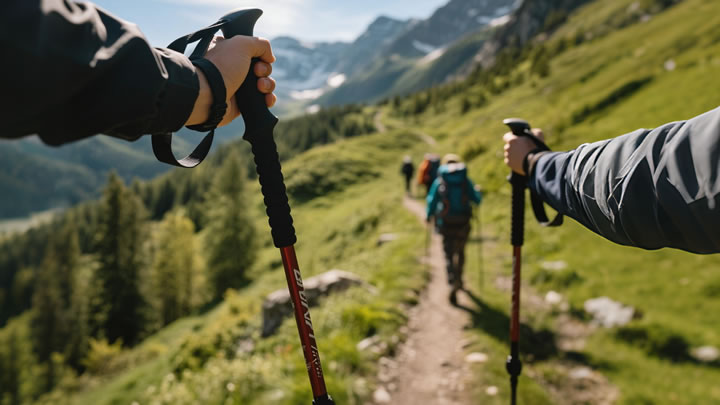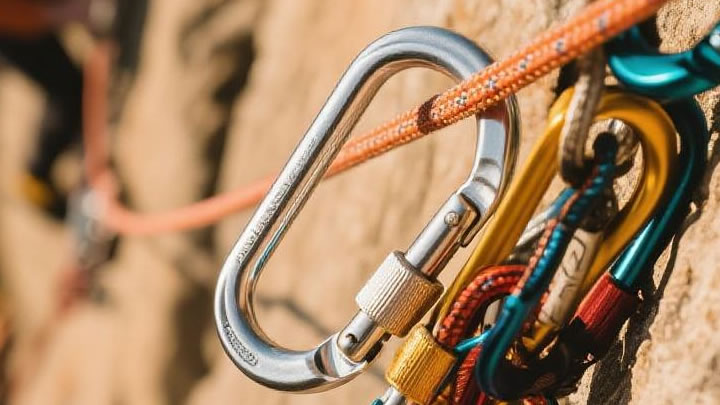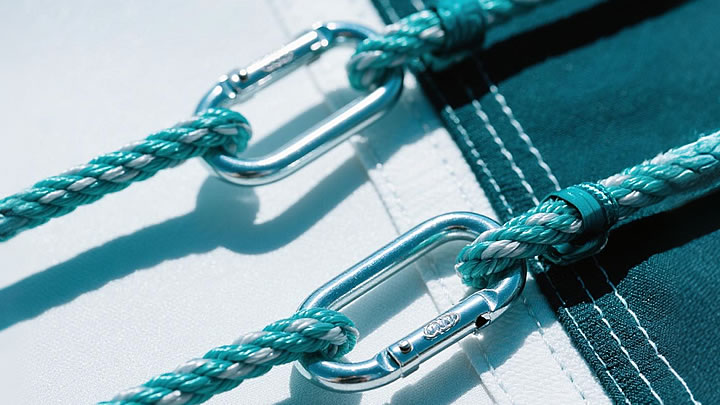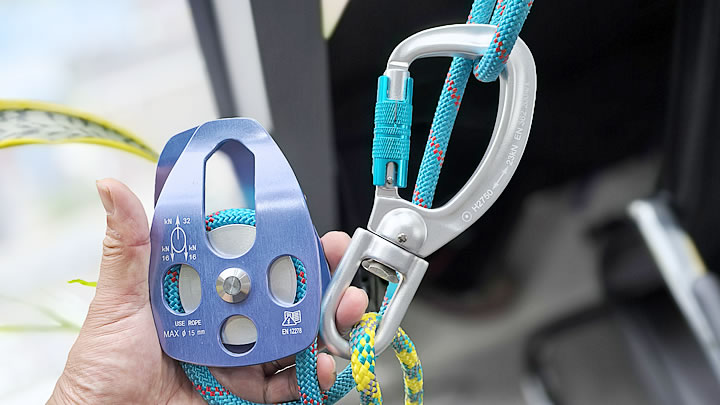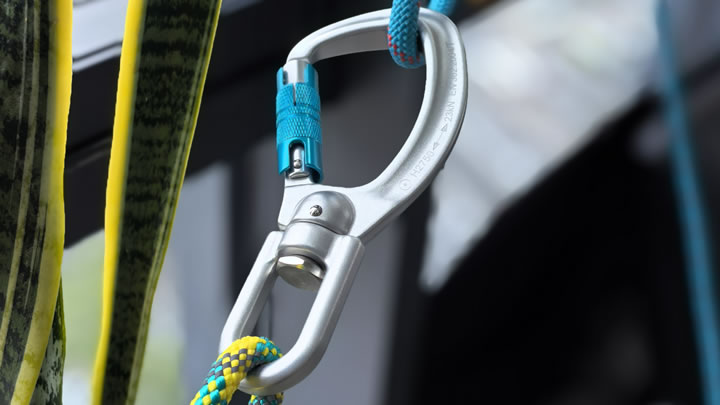How to Hang a Hammock Over Water (Lake, Pool, or Beach Setup)
Hanging a hammock over water adds a magical touch to outdoor adventures—imagine swaying gently above a sparkling lake, pool, or ocean waves. However, water-based setups pose unique challenges, from shifting anchors to corrosion risks. This guide ensures your aquatic hammock oasis is safe, secure, and eco-friendly.

Why Water Hammocks Require Extra Care
Water environments amplify common hammock hazards:
- Moisture damage: Rusty hardware or moldy fabric from constant exposure.
- Unstable anchors: Soft sand, slippery rocks, or shifting lake beds.
- Safety risks: Deep water, currents, or sudden weather changes.
Golden rule: Prioritize corrosion-resistant gear and redundancy in anchoring.
Tools & Materials
- Waterproof hammock: Quick-dry nylon or polyester (avoid cotton).
- Stainless steel hardware: Carabiners, eye bolts, and S-hooks.
- Heavy-duty straps: Polyester or Dyneema® (UV- and water-resistant).
- Portable anchors: Screw-in sand stakes, concrete weights, or collapsible posts.
- Floatation device: Optional safety measure for deep-water setups.
Step 1: Choose the Right Location
- Lakes/rivers: Look for sturdy trees 12–15 ft apart on firm banks.
- Beaches: Avoid tidal zones; aim for dry sand above the high-tide line.
- Pools: Use deck posts, pergola beams, or heavy poolside furniture.
Avoid:
- Fast-moving water or steep underwater drop-offs.
- Fragile ecosystems (e.g., coral reefs or marsh grasses).
Step 2: Secure Anchors
A. Natural Anchors (Trees/Rocks)
- Wrap straps around trunks or boulders 4–5 ft above water.
- Use a trucker’s hitch knot for adjustable tension.
B. Portable Anchors (Sand/Soil)
- Screw-in stakes: Twist 2–3 ft into the ground at a 45° angle.
- Weighted buckets: Fill with sand/rocks and bury partially.
Pro Tip: Double up anchors on each side for redundancy in soft ground.
Step 3: Hang the Hammock
- Attach straps to anchors with locking carabiners.
- Adjust height to keep the hammock 2–3 ft above water—high enough to avoid splashes but low enough for safe entry.
- Maintain a 25–30° strap angle to reduce strain on anchors.
Step 4: Test Stability
- Add weight gradually: Start with gear, then sit carefully.
- Check for anchor slippage, stretching straps, or leaning trees.
- Shake test: Mimic swinging motions to confirm stability.
Safety Precautions
- Weather check: Avoid thunderstorms or high winds.
- Life vest: Wear one if hanging over deep or moving water.
- Buddy system: Never set up alone in remote areas.
Corrosion & Maintenance Tips
- Rinse straps and hardware with fresh water after saltwater use.
- Dry the hammock completely before storage to prevent mildew.
- Replace rusted carabiners or frayed straps immediately.
Common Mistakes
- Using weak knots: Clove hitches or granny knots slip under load.
- Ignoring tides: A beach hammock can submerge during high tide.
- Overlooking wildlife: Check for snakes, insects, or sharp shells.
Eco-Friendly Practices
- Avoid drilling: Use straps instead of nails on trees.
- Pack out stakes: Don’t leave anchors in natural areas.
- Respect no-hammock zones: Some parks prohibit setups near water.
Pro Upgrades
- Add a tarp: Shield against rain or sun with a waterproof canopy.
- Use a floating hammock: Drift safely with an inflatable model.
- Install LED lights: For evening ambiance over pools or lakes.
Final Thoughts
A water-side hammock combines relaxation with adventure—but demands meticulous planning. By selecting corrosion-proof gear, reinforcing anchors, and respecting nature, you’ll create a serene, safe retreat. Whether lakeside at dawn or poolside at dusk, these tips ensure your hammock hangs securely, letting you unwind to the soothing rhythm of water.

